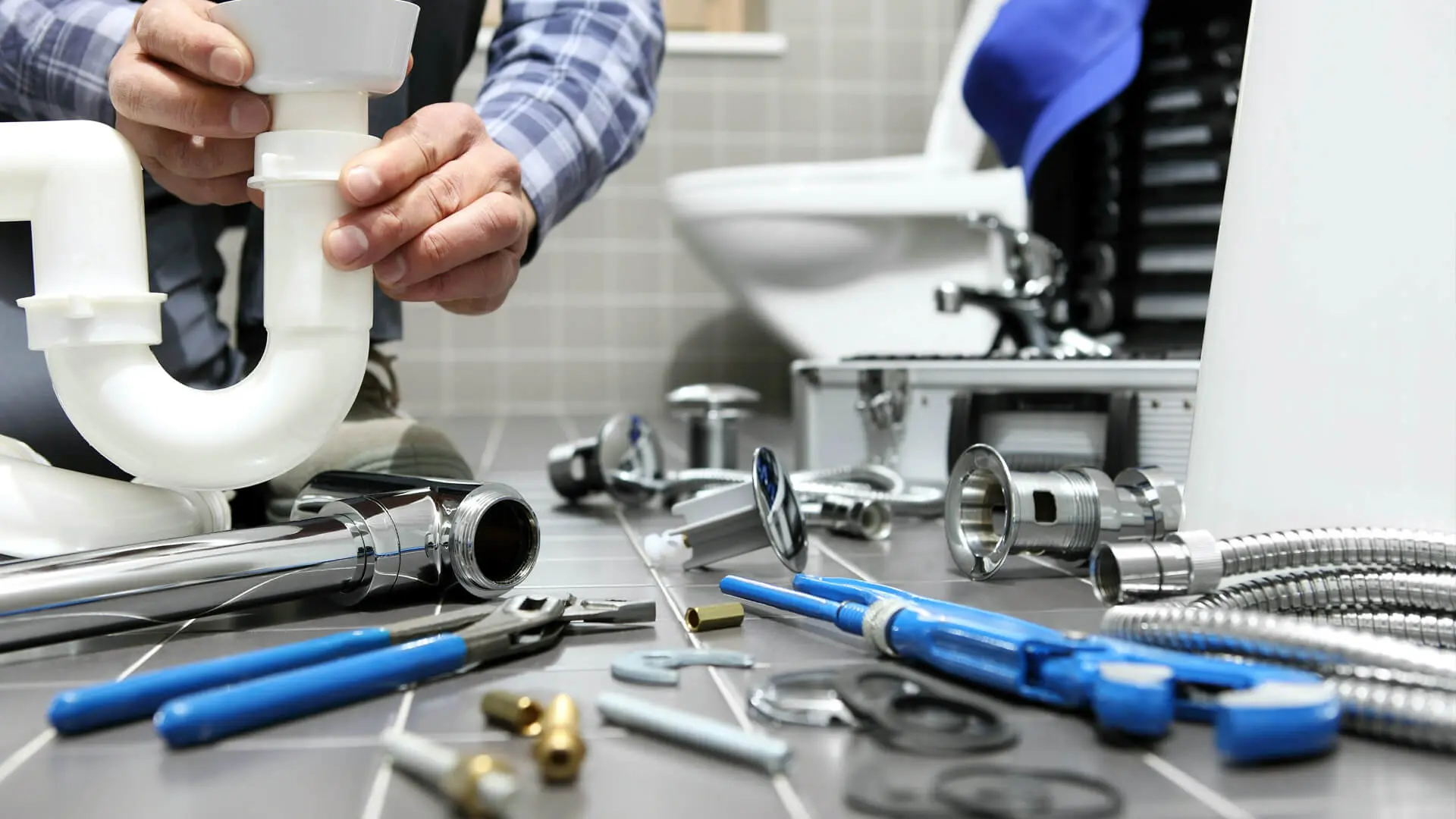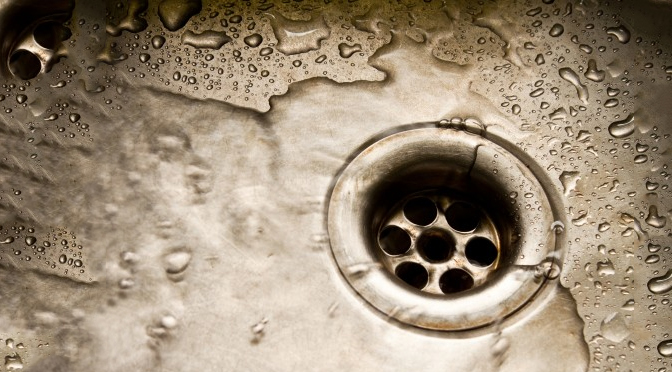Highly-Rated Ways to Maintain Your Plumbing From Bursting in Cold Temperatures
Highly-Rated Ways to Maintain Your Plumbing From Bursting in Cold Temperatures
Blog Article
We have unearthed the article pertaining to Prevent Freezing and Bursting Pipes directly below on the web and think it made sense to write about it with you on my blog.

All house owners who stay in warm environments have to do their best to winterize their pipes. It is something you must do during fall prior to deep winter months genuinely begins. Failing to do so can mean disaster like frozen, cracked, or burst pipes. Here are some handy winterizing hacks to keep your plumbing system secured even if the weather outside is terrible.
Try a Hair Clothes Dryer or Warm Weapon
When your pipes are practically freezing, your dependable hair clothes dryer or warmth gun is a godsend. If the hot towels do not assist dislodge any resolving ice in your pipelines, bowling warm air straight into them might aid. You might finish up harmful your pipelines while attempting to thaw the ice.
Open Cupboard Doors Hiding Plumbing
It would certainly be helpful to open up closet doors that are concealing your pipelines when it's cool outside. For example, they could be someplace in your kitchen or washroom. This will certainly allow the cozy air from your heating unit to distribute there. As a result, you stop these revealed pipes from freezing. Doing this tiny trick can keep your pipelines cozy and also restrict the possibly harmful outcomes of freezing temperature levels.
Take Time to Wrap Exposed Piping
One easy as well as nifty hack to heat up frigid pipes is to wrap them with warm towels. You can likewise make use of pre-soaked towels in hot water, just don't neglect to wear protective handwear covers to safeguard your hands from the warm.
Turn On the Faucets
When the temperature level drops and also it appears as if the icy temperature level will certainly last, it will aid to switch on your water both inside your home and outdoors. This will keep the water flowing via your plumbing systems. Additionally, the motion will certainly reduce the freezing process. Notably, there's no need to transform it on full force. You'll end up wasting gallons of water by doing this. Instead, aim for about 5 declines per min.
Shut down Water When Pipelines are Frozen
Switch off the main water shutoff immediately if you observe that your pipelines are totally frozen or practically nearing that stage. You will usually locate this in your basement or utility room near the heater or the front wall surface closest to the street. Transform it off today to stop further damages.
With more water, more ice will certainly pile up, which will at some point lead to break pipes. If you are uncertain regarding the state of your pipelines this winter months, it is best to call an expert plumber for an evaluation.
All house owners that live in warm climates must do their best to winterize their pipes. Failure to do so can spell calamity like icy, broken, or burst pipes. If the warm towels do not help displace any type of resolving ice in your pipelines, bowling hot air directly into them may help. Turn off the main water valve instantly if you notice that your pipes are totally frozen or practically nearing that stage. With more water, more ice will load up, which will eventually lead to burst pipelines.
PREVENT YOUR PIPES FROM FREEZING THIS WINTER
A Leading Cause of Property Damage
When the weather is taking a deep nose dive into the cold dreary days, the risk of your pipes freezing and potentially bursting skyrockets. Unfortunately, during these cold dreary months, burst pipes are the most common denominator for property damage. The pipes that are most at the risk are those that are in areas where it is most cold in your home. For instance, pipes located in interior places such as basements, attics, and your garage. Unfortunately, that doesn’t mean that the pipes running through your cabinets or exterior walls can’t freeze. Good news, however, is that you can do things to help prevent pipes from freezing.
How to Prevent Pipes From Freezing
Once the temperature starts to drop during the winter, you should be taking the proper measures needed to ensure that your pipes stay warm and that there is circulation of water through them. Some steps that experts may recommend could go against your better judgement when it comes to saving water and heat. However, it would go without saying that when expenses are compared, damaged pipes could put a bigger dent in your wallet than a water bill.
What Can I Do?
Keep your garage door closed. This is very important, especially if you have water supply lines running through your garage. Open your kitchen and bathroom cabinets to allow warm air to circulate through them. Allow air circulation throughout your home. Keeping the interior doors open will once again allow the warm air to circulate inside your home. Ensure your thermostat is running the same temperature throughout the night and day. If you plan to be away from home during the cold months, set your temperature no lower than 55° F. This should provide enough heat to keep the pipes warm and prevent any remaining water inside the pipes from freezing. For more of a long-term solution, add insulation to attics, basement, and other crawl spaces around your home. By allowing your faucet to drip, it will alleviate pressure in the system. This is important because the pressure that is created between the blockage and the faucet can potentially cause the pipes to burst. Allowing the faucet to drip will prevent the pressure from building up, therefore keeping the pipes from bursting. Seal any cracks, openings, and crawl spaces around your home to prevent cold air from coming inside. This keeps your pipes-not to mention your home-warmer and less susceptible to issues caused by freezing temperatures. For the pipes in your home that are easily accessible, applying electrical tape to them might prevent them from freezing over. This is a quick fix, as you can apply the tape directly to the pipe. There are two options for heating tapes. One turns on and off by itself when it senses heat is needed. The other type of heating tape needs to be applied when heat is needed and removed when not necessary. If you have exposed pipes in your home, you can check this website to take a look at a few options that would be available at a shop near you.

As a serious person who reads about Winterizing Your Pipes, I imagined sharing that portion was sensible. Are you aware of somebody who is involved in the niche? Be sure share it. Thanks for taking the time to read it.
Need help? Call. Report this page